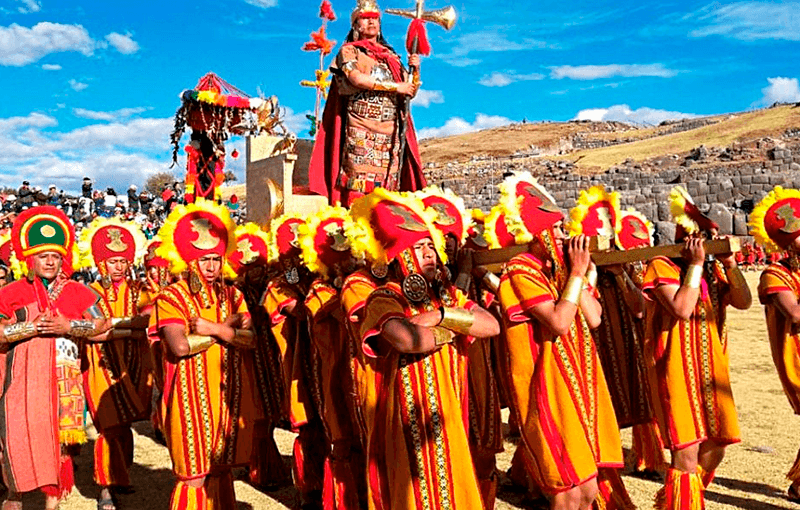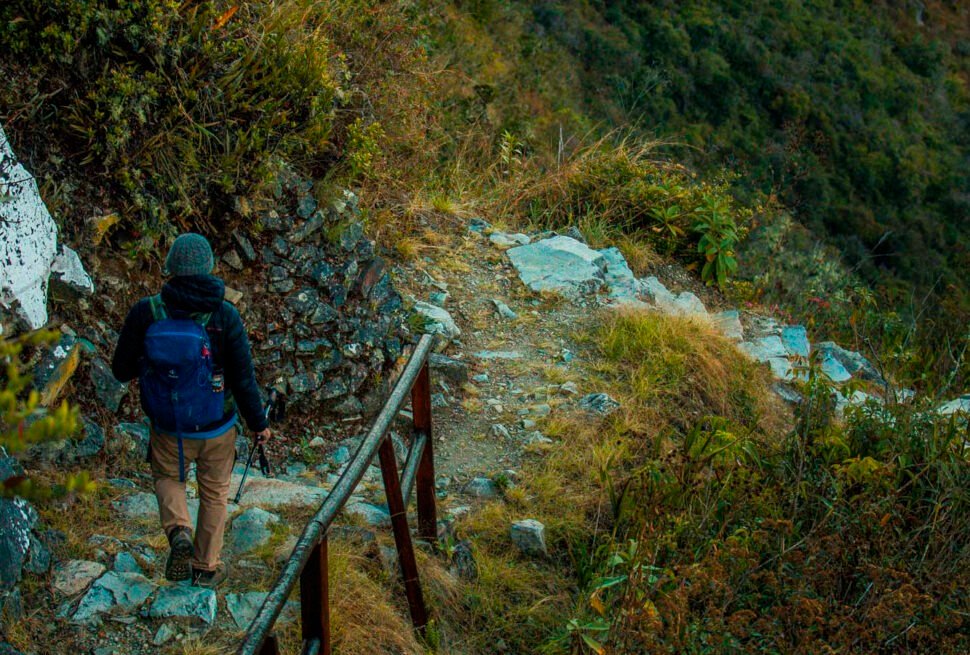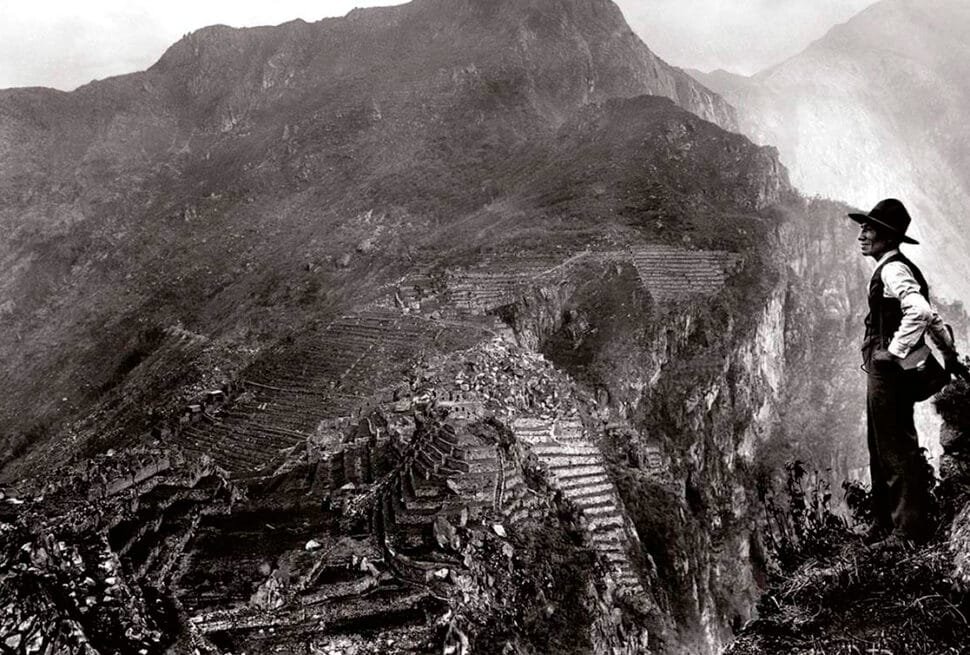Inti Raymi, the iconic celebration of the Sun, is one of the most important festivities in the cultural calendar of Cusco and Peru. This article delves into its historical origins, its significance in Andean cosmology, and its current role as a cultural and touristic highlight. Through an in-depth review of its rituals, we emphasize the festival’s importance for Cusco’s identity and its contribution to sustainable tourism.
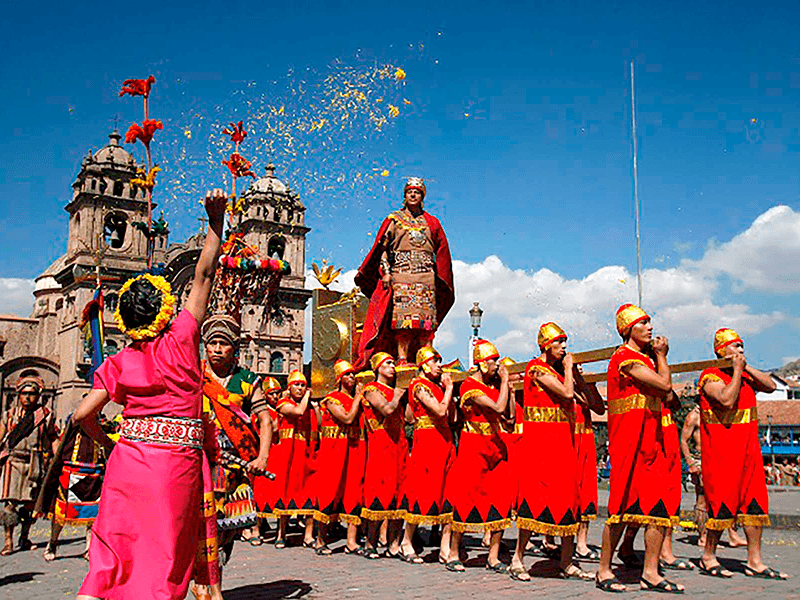
Inti Raymi, known as the “Festival of the Sun,” is an ancient Inca celebration that honors Inti, the primary deity in Andean cosmology. Since its revival in 1944, this festival has been staged annually in Cusco, attracting thousands of national and international visitors. This article explores the historical background of Inti Raymi, its evolution in the contemporary context, and its role in promoting cultural identity and tourism.
To construct this article, we reviewed historical sources, conducted interviews with Andean culture experts, and analyzed tourism data in Cusco. Three main components were identified:
Historical Aspects:
The original celebration of Inti Raymi dates back to the Inca Empire, where it was held during the winter solstice to ensure fertility and abundant harvests. It was a state-sponsored ceremony involving rituals, offerings, and large-scale participation by the population.
Contemporary Rituals:
The modern representation of Inti Raymi occurs in three iconic locations: Qorikancha, the Plaza de Armas, and the Sacsayhuamán fortress. It features traditional costumes, dances, and reenactments of ancient ceremonies, maintaining the spirit of the original event while adapting it for modern audiences.
Socioeconomic Impact:
Inti Raymi generates significant income for the local tourism industry. Hotels, restaurants, and tour operators experience a substantial influx of visitors during the festival, contributing to the local economy. Additionally, the event fosters a sense of pride among the local population, reinforcing cultural heritage and identity.
Conclusions:
Inti Raymi serves as more than a cultural and religious event; it is a vital tool for strengthening Cusco’s identity and promoting sustainable tourism. Although its contemporary version incorporates recreational elements, it retains its spiritual and educational essence. The festival highlights the resilience and richness of Andean traditions, offering a unique experience for visitors while ensuring the preservation of cultural heritage.
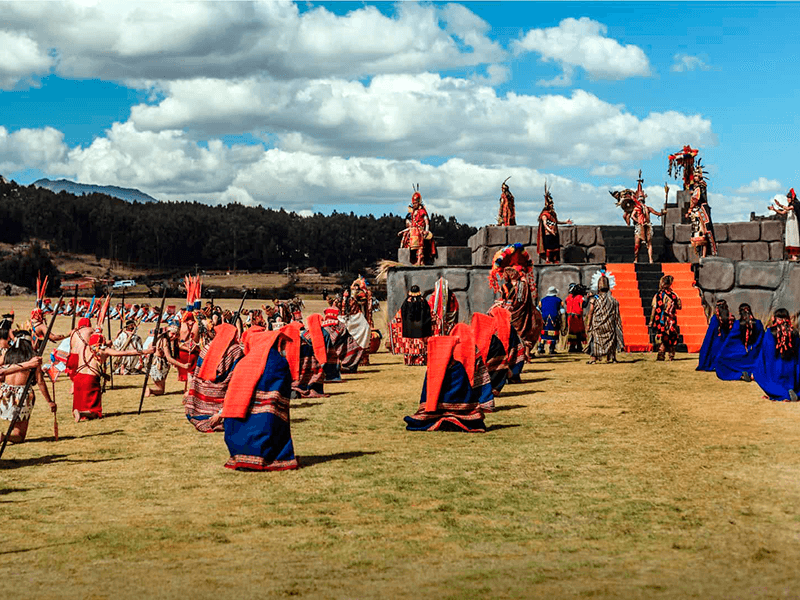
The significance of Inti Raymi lies not only in its historical roots but also in its ability to bridge the past and present. By engaging local communities and global audiences, the festival underscores the importance of cultural preservation in a rapidly globalizing world. Continued efforts are needed to ensure that the event remains authentic and beneficial to both residents and visitors.
Acknowledgements:
We extend our gratitude to local researchers, experts in Andean culture, and tourism operators who provided valuable insights for this article. Special thanks to the cultural organizations in Cusco that work tirelessly to preserve and promote the legacy of Inti Raymi.
Recommendations:
Encourage greater involvement of local communities in the organization and execution of Inti Raymi to ensure cultural authenticity and inclusivity.
Develop awareness campaigns for tourists to appreciate the historical and spiritual value of the festival, promoting respectful participation.
Implement sustainability measures to manage the environmental impact of the event and preserve archaeological sites.
Foster academic and cultural research on Inti Raymi to deepen understanding and enhance its representation.
Strengthen partnerships between cultural organizations and tourism stakeholders to maximize the festival’s benefits while safeguarding its integrity.

